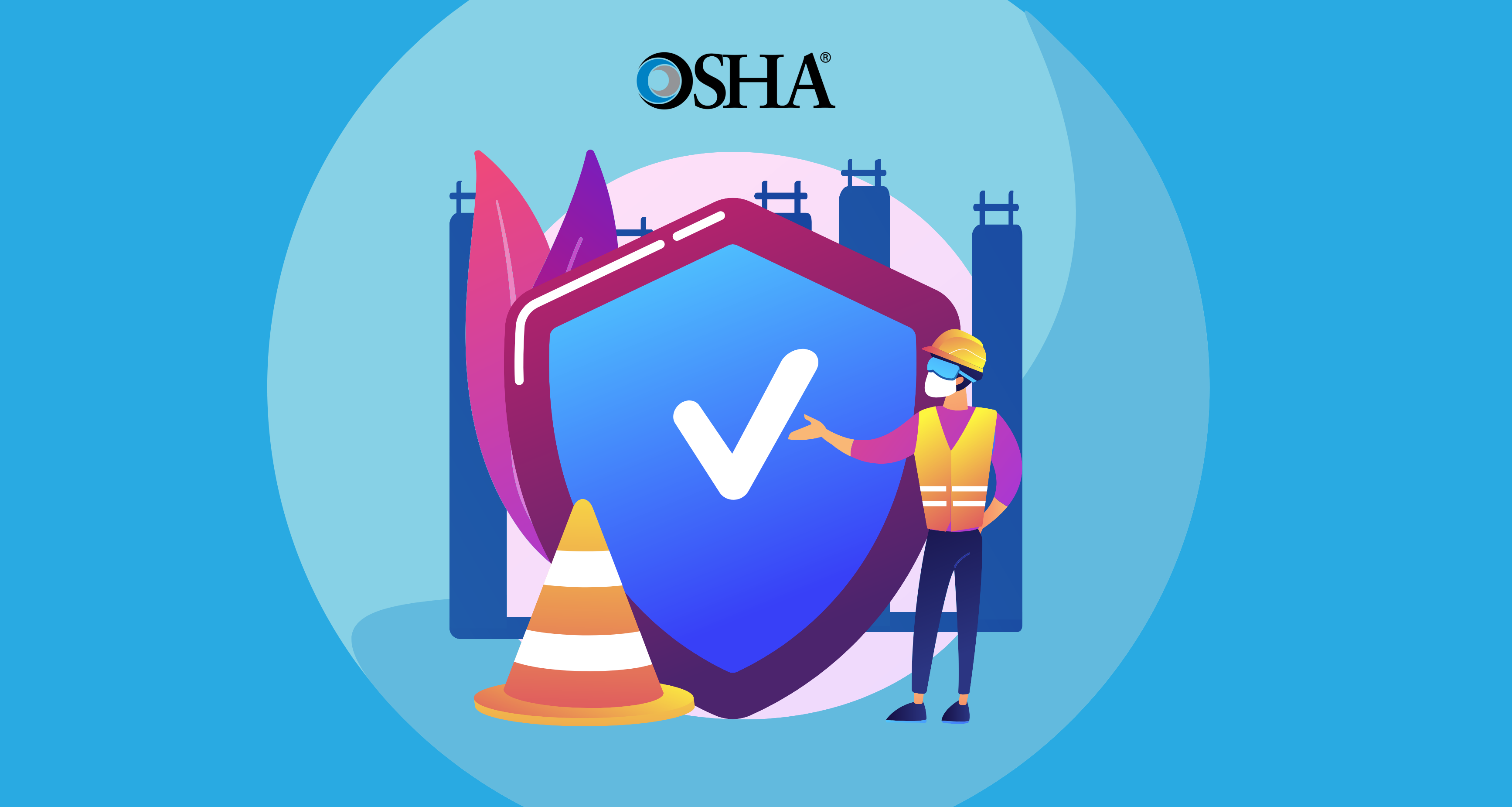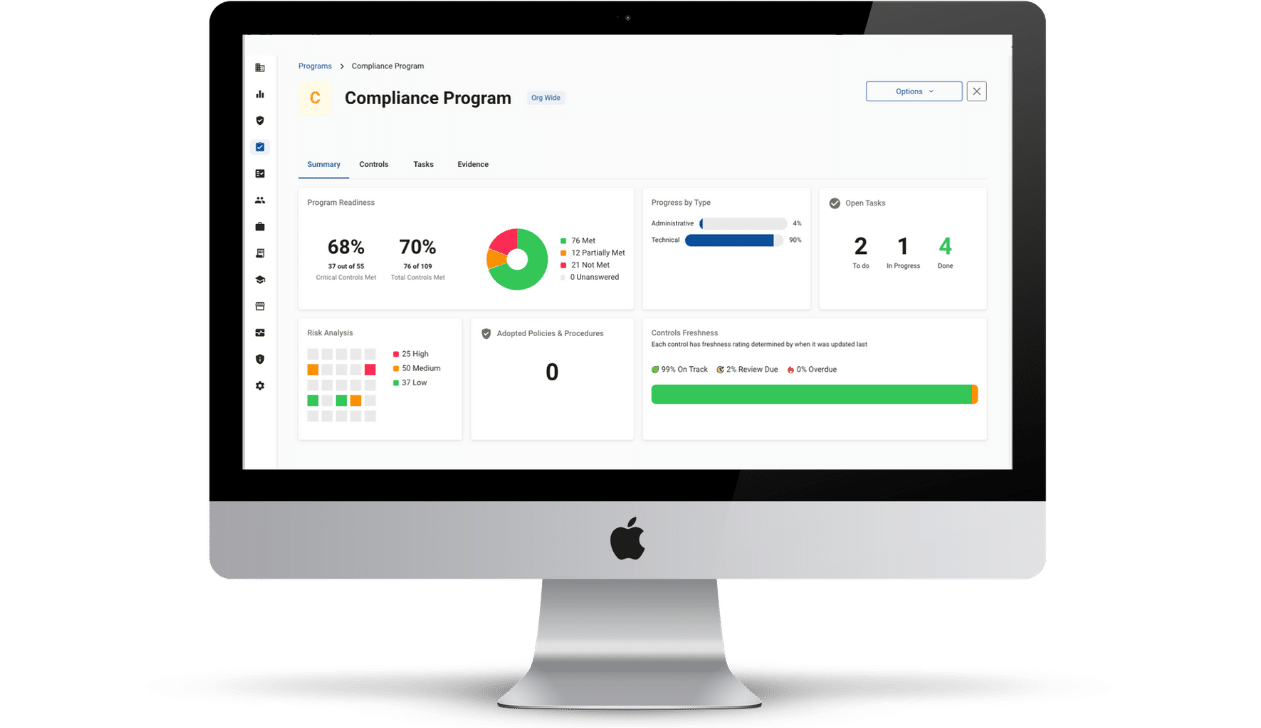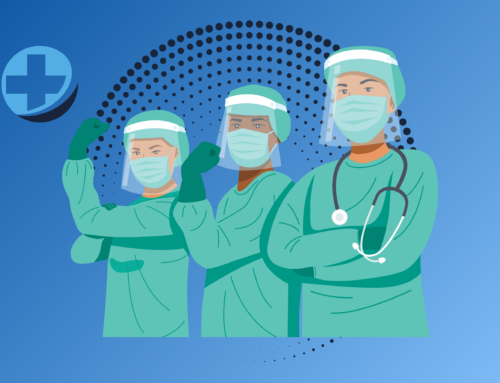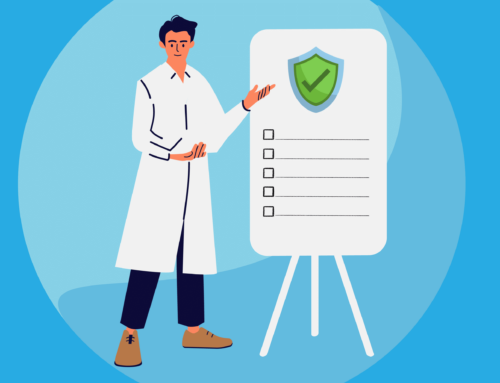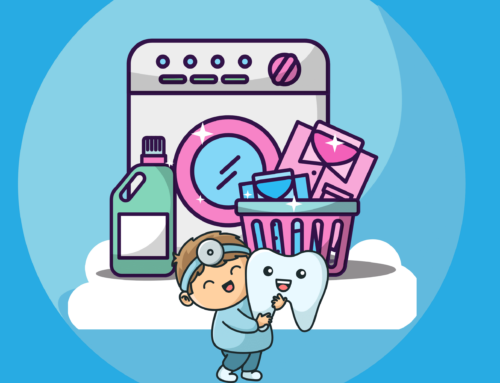Healthcare workers are the backbone of our society, especially in times like these, where we have faced a global health crisis over the last few years. Healthcare workers work tirelessly to care for sick and vulnerable people. However, their job comes with risks that can cause harm to their health and safety. This is where OSHA (Occupational Safety and Health Association) plays an essential role in protecting healthcare workers.
OSHA is responsible for ensuring that all workers in the United States have a safe and healthy working environment. OSHA’s role is vital in healthcare facilities, where employees are exposed to a wide range of hazards on a daily basis.
OSHA’s primary responsibility is to ensure the safety and health of America’s workforce by:
- Setting standards
- Providing employee training
- Enforcing regulations to prevent workplace injuries & illnesses
In particular, OSHA healthcare worker standards requires organizations to follow specific guidelines such as:
- Bloodborne pathogens
- Chemical exposure
- Radiation exposure
- Violence
- Musculoskeletal disorders
How Exactly Does OSHA Protect Healthcare Workers?
So how does OSHA protect healthcare workers? Let’s start with bloodborne pathogens. Healthcare workers are at risk of exposure to infectious diseases through contact with blood or other potentially infectious materials. To address this hazard, OSHA created the Bloodborne Pathogens Standard.
This requires employers to:
- Develop an exposure control plan
- Provide personal protective equipment (PPE)
- Offer Hepatitis B vaccination free of charge
- Train employees on infection control practices
- Keep a record of all incidents involving blood or potentially infectious materials
Chemical exposure is another hazard that healthcare workers face daily. Cleaning products used in hospitals contain hazardous chemicals that can cause respiratory problems if not handled properly. OSHA requires employers to provide Material Safety Data Sheets (MSDS) for every chemical used in the workplace, and train employees on how to use them safely.
Radiation exposure is also a significant concern for healthcare workers who regularly perform diagnostic imaging procedures such as X-rays or CT scans. To minimize exposure to this hazard’s effects, OSHA mandates that employers implement radiation safety programs that monitor employee exposure levels regularly and provide proper PPE.
Violence against healthcare workers is becoming increasingly common in hospitals today. According to OSHA statistics, nearly 75% of workplace assaults occur in healthcare and social service settings.
To address this issue, OSHA published guidelines for preventing workplace violence in the healthcare and social service environment that include:
- Training employees on how to recognize and respond to violent situations
- Developing a reporting system for incidents
- Implementing engineering controls (metal detectors, security cameras, etc.)
Finally, musculoskeletal disorders (MSDs) are common among healthcare workers due to the repetitive manual tasks they perform daily. OSHA requires employers to implement ergonomic programs that identify and control MSD hazards by using proper lifting techniques, modifying workstations if necessary, and providing PPE.
This is especially important because healthcare workers perform a lot of manual tasks every day, such as lifting patients or moving heavy equipment. These activities can strain their bodies significantly and increase the risk of injury or long-term disabilities.
OSHA and Healthcare Workers
Overall, OSHA plays an essential role in protecting healthcare workers by setting standards and enforcing regulations to prevent workplace injuries and illnesses. Healthcare workers face numerous occupational hazards daily; therefore, it is crucial that employers comply with OSHA’s regulations to ensure their safety and well-being while on the job. By doing so, we can help protect our frontline heroes who work continuously to keep us healthy and safe.
